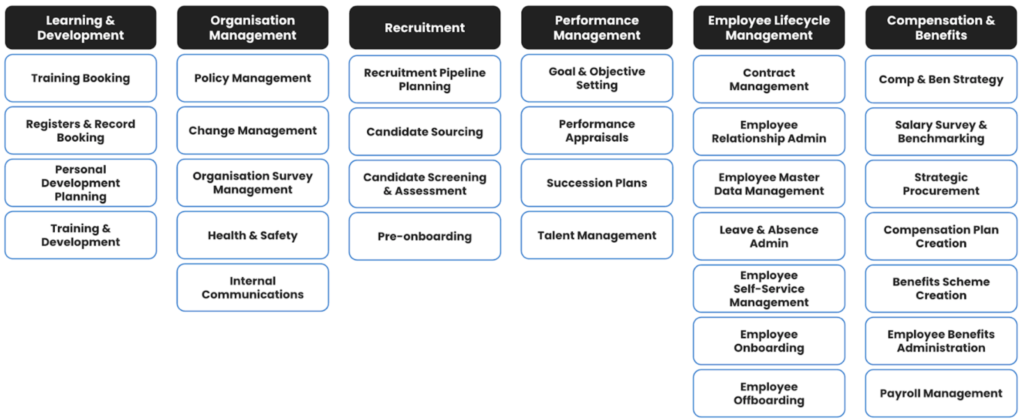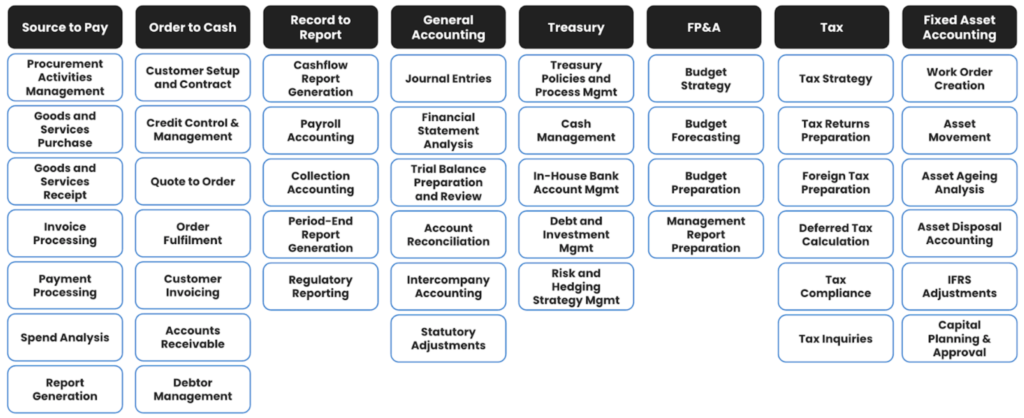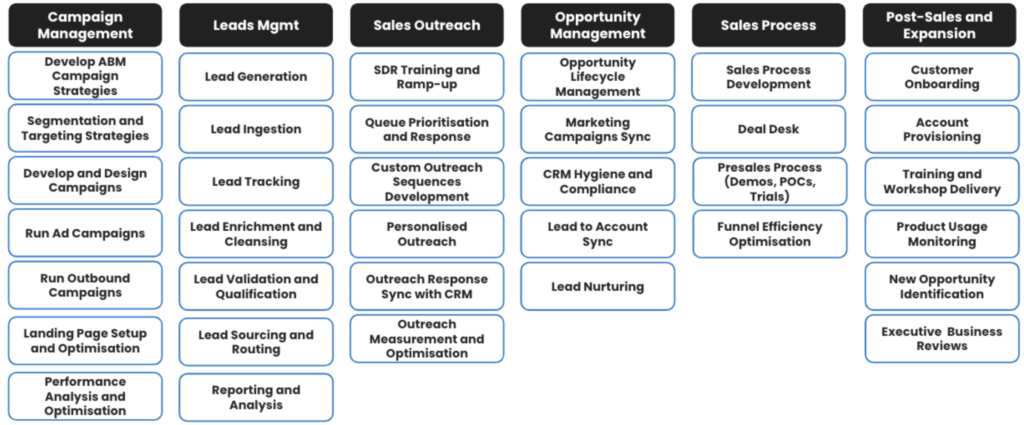This year has brought on a lot of challenges for businesses, from supply chain disruptions to a tight labor market to high inflation.
While these issues are daunting, past experience tells us that times of disruption or crises offer opportunities, and the companies that capitalize on these opportunities the fastest are the ones that manage to thrive.
This begs the question: What opportunities do businesses have today?
A recent survey conducted by PWC offers answers.
After asking executives at a variety of private and public companies (including the Fortune 1000) about the actions they’re taking in response to the current inflationary market and tight labor conditions, PWC found that organizations are prioritizing two areas: accelerating digital transformation initiatives and automating processes.
These results aren’t surprising, as automation allows organizations to cut costs, create efficiencies, and stay agile in times of uncertainty. That said, how you approach automation can determine the extent to which you realize these benefits.
Based on the interactions we’ve had with customers over the past year, we’ve identified 3 common areas of automation that companies can focus on in their efforts to respond to the current market conditions and improve operational efficiency: tech stack optimization, back office automation, and front office automation.
We’ll cover each so that you can better decide which to focus on and how to address them.
Tech stack optimization
Tech stack optimization typically comes in one of two flavors: managing your spend on software licenses and maximizing the returns of your existing automation tech stack.
Remove underutilized licenses
Organizations currently use hundreds of SaaS applications, many of which (nearly 40%) go unused. This can translate to hundreds of thousands, if not millions, of wasted dollars annually at your organization.
To help you identify underutilized applications automatically, and then deprovision them for a given user, you can turn to automation.
We’ve made this automation more tangible and easy to adopt by launching our License Optimization Accelerator.
The accelerator, which comes as a customizable, pre-packaged solution, allows you to set up automated processes that continually analyze the usage of different applications in order to pinpoint underutilized licenses. When an underused license is identified, the accelerator notifies the user (typically via Slack or MS Teams) that their seat is potentially set to be deprovisioned for that application, unless they request to keep it (which would trigger a separate approval workflow automation).
Maximize your automation tech stack’s ROI
Like any software purchase, you need to invest in an automation platform that offers the highest return possible.
An automation platform’s ROI potential involves a number of considerations. You’ll need to account for the volume of integrations and automations you plan to build over a period of time; the types of integrations and automations you plan to pursue; the resources you’ll need to maintain them; the platform’s infrastructure requirements—among other factors.
And while I may be partial, our recently-commissioned Total Economic Impact Report from Forrester provides an unbiased analysis of the value Workato’s platform delivers.
In evaluating the benefits our platform brings (productivity improvements and cost savings) against its costs (licensing and operational costs), Forrester found the following:
Back office automations
Your back office teams can automate countless processes in the name of efficiency gains and cost savings.
HR teams, for example, can automate any of the following:
For finance teams, the automation possibilities are just as great, if not greater.
The idea of automating all of these areas likely seems (understandably) overwhelming. You can make the effort less daunting and still realize significant returns by automating one process at a time.
Our clients’ back office teams have impressed us time and time again by the business outcomes they’ve been able to achieve from automating a single process:
- The HR team at HubSpot is able to save more than 100 hours a month just by automating the process of validating data on new hires.
- The finance team at Slack can support an extremely fast and reliable order-to-cash cycle—it’s 93% streamlined and their system uptime is almost 100%.
- Since automating multiple financial processes, the finance team at Terminus has been able to save 1,000+ hours per year, gain granular cash flow predictability, and recoup $30,000/year from replacing 3 middleware systems.
Front office automations
Automation not only helps go-to-market teams operate more efficiently—it also allows them to improve their KPIs. And, like back office teams, they can automate a wealth of areas.
Here are just a few examples worth taking inspiration from:
- By automating their process of executing marketing campaigns, Pure Storage has been able to save $400,000 (which they’d spend on an agency) and accelerate their timeline for taking campaigns live from 3 days to 10 seconds.
- By automating their email campaigns, AvidXchange has saved $100,000 in annual marketing spend and freed up one of their full-time employees.
- By automating support ticket routing, Rapid7 has been able to save 8,000 FTE salary hours.
It’s increasingly clear that automation can help any business cut costs, introduce efficiencies, and pivot. If your organization can also focus on the three areas above when building them, you can come out of this economic downturn better than you could have hoped for.



